Visiting Florence is an art lesson on the streets. You can’t go to Florence without seeing art. It is everywhere: in the buildings, on the walls, standing in the squares, and even drawn on the streets. When you are visiting Florence, you are surrounded by art.
Photoblog, Florence, Italy, April 12-16, 2025
What are we doing in Europe? Here is the story. Touring Europe might be a crazy idea.
Where else can you stroll the same streets where Michelangelo, Leonardo, and Botticelli walked? Florence is famous for public street art, which can be found everywhere. I am not talking about graffiti, although it is here, too.
Piazzale Michelangelo
If I had it all to do over again, I would (and encourage you) to first visit Piazzale Michelangelo. It is Hilltop Square, which has a stunning view of Florence. At the center of the square is a copy of Michelangelo’s David statue, but you want to come here to view and get a general city layout. We took the bus to the top and then walked back (downhill) to the river.
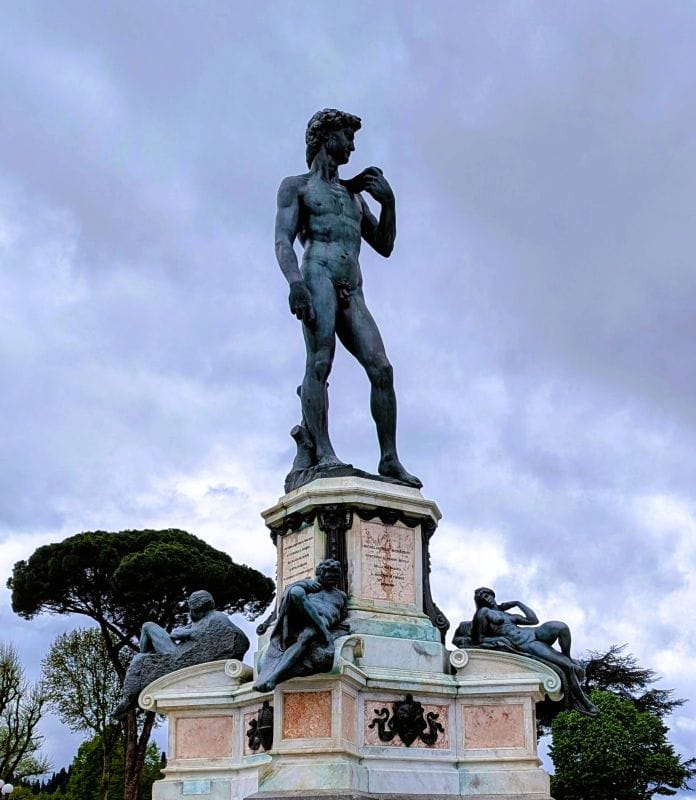
Most of the Museums are on the north side of the river, but even in the 1500s, the people living in Florence occupied both sides.
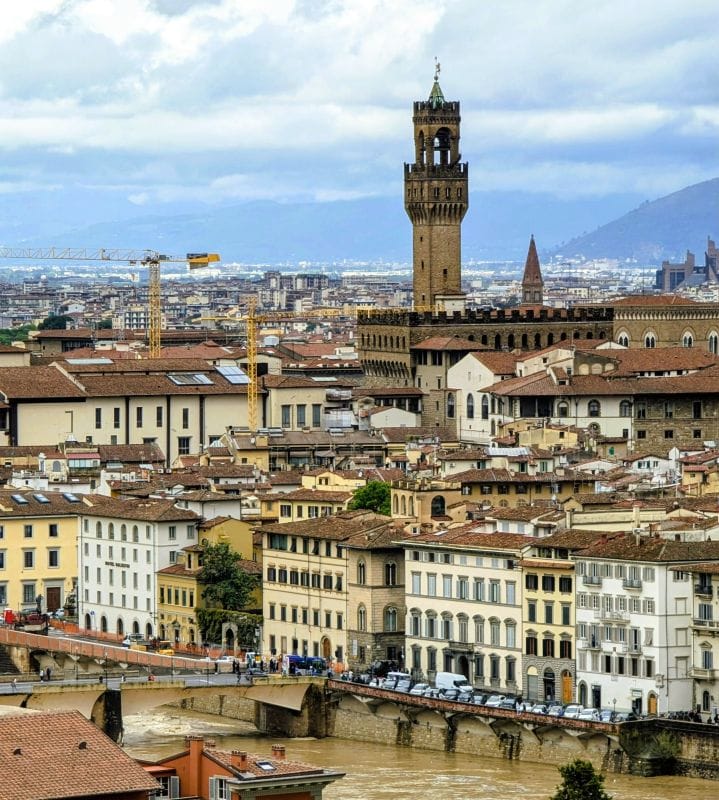
The River Arno divides the city and flows towards Pisa. To protect the city from attack, fortresses, walls, and towers line the river.
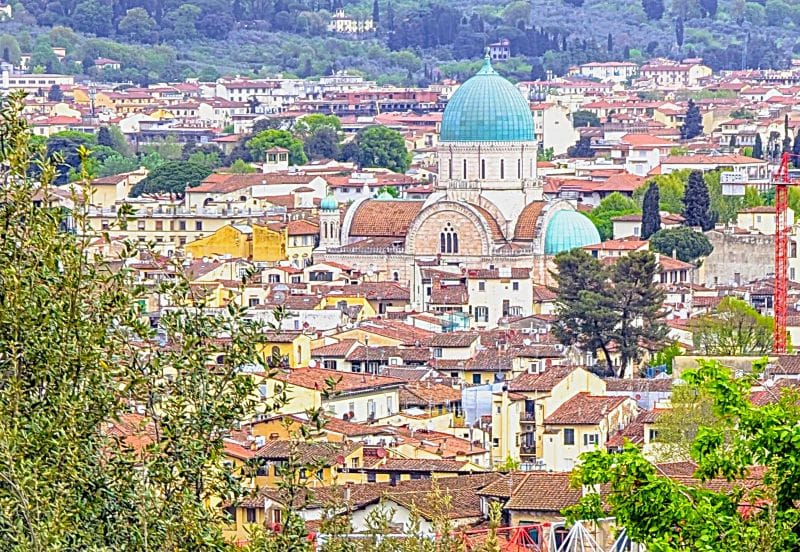
The “Free” tour is very worthwhile.
It isn’t free; instead, you tip the tour guide, who shares the income with the organizer. Still, it was very worthwhile, and we enjoyed it immensely. Without Armondo, we would probably have missed several important sights.
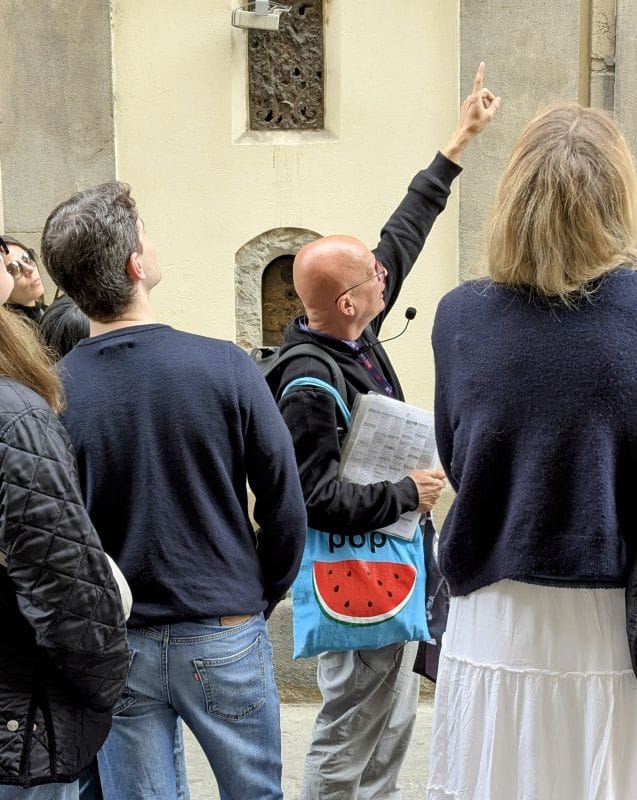
The old city walls near the Arno River
Directly north of the Piazzale Michelangelo, downhill almost to the river, we found the old city walls along the Arno River. Porta San Niccolò is part of the old city gate and stands next to the walls overlooking the river. When we were in Florence, we didn’t get to visit the tower due to some repairs being performed, but the following photo shows a waterfall exiting the old city wall near Porta San Niccolo.
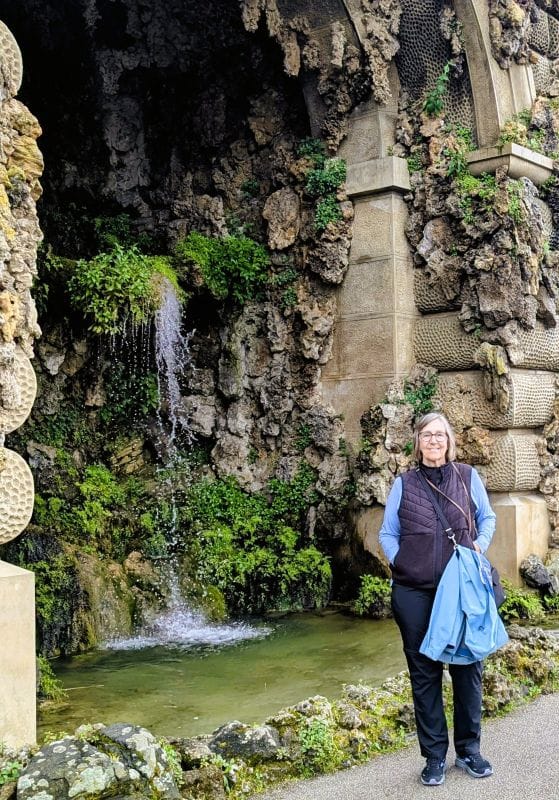
The Medici
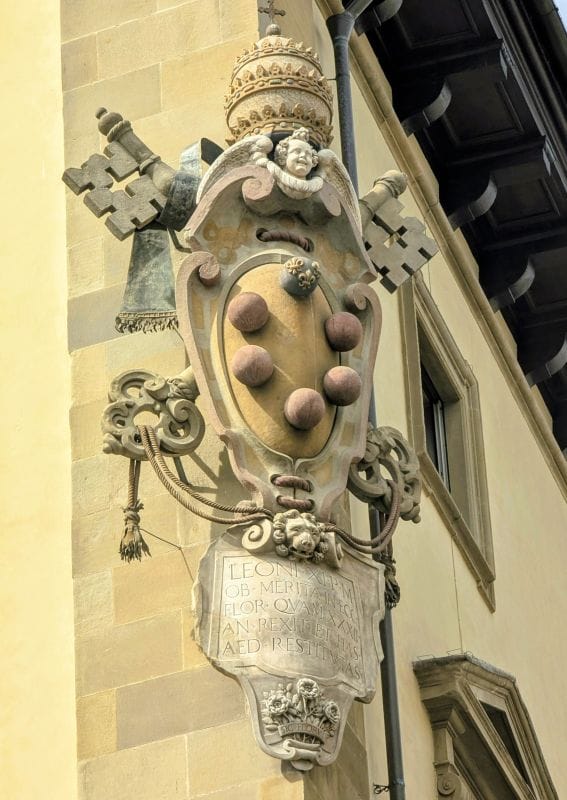
Florence’s most influential and famous family lived on both sides of the river and had a private enclosed walkway crossing the Arno River above the Ponte Vecchio bridge.
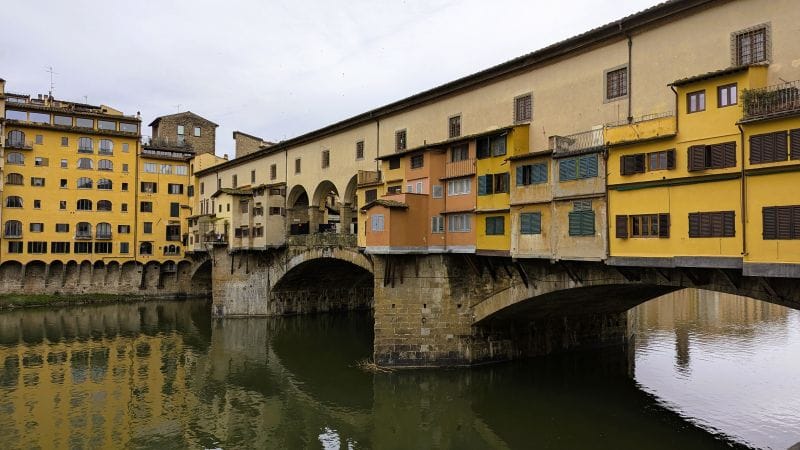
In 1500, the Ponte Vecchio bridge was used as a slaughterhouse. When butchering an animal, the undesired parts were discarded into the river, taking them downstream toward Pisa. As you might imagine, Florence and Pisa were not friends. Using the bridge as a slaughterhouse changed with the Medici after they made their enclosed walkway above it called the Vasari Corridor. They turned the slaughterhouse into a fine jewelry gallery mostly because there was much more money in jewelry than beef, and it didn’t smell so bad.
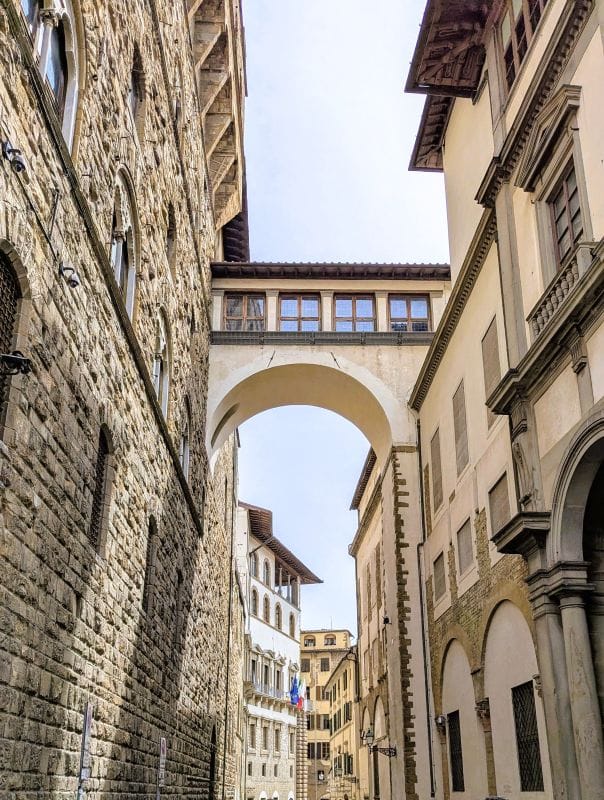
Uffizi (art) Gallery
The Uffizi Gallery holds the best collection of Italian paintings anywhere.
In the next post, I will outline some of the art we saw at the Uffizi Gallery and put links here to help you find the articles.
Uffizi Gallery was not created as a museum. Its construction was ordered in 1560 by Cosimo I de’ Medici, known as Cosimo the Great and first Grand Duke of Tuscany.
I was so impressed with the paintings at the Uffizi Gallery that I would recommend it over the Gallery Academy. Of course, you already know how impressed I am with the Gallery Academy. If you want to see Michaelangelo’s original statue of David, you have to go to the Gallery Academy. When I publish my photos of the art at the Uffizi Gallery, you can judge for yourselves.
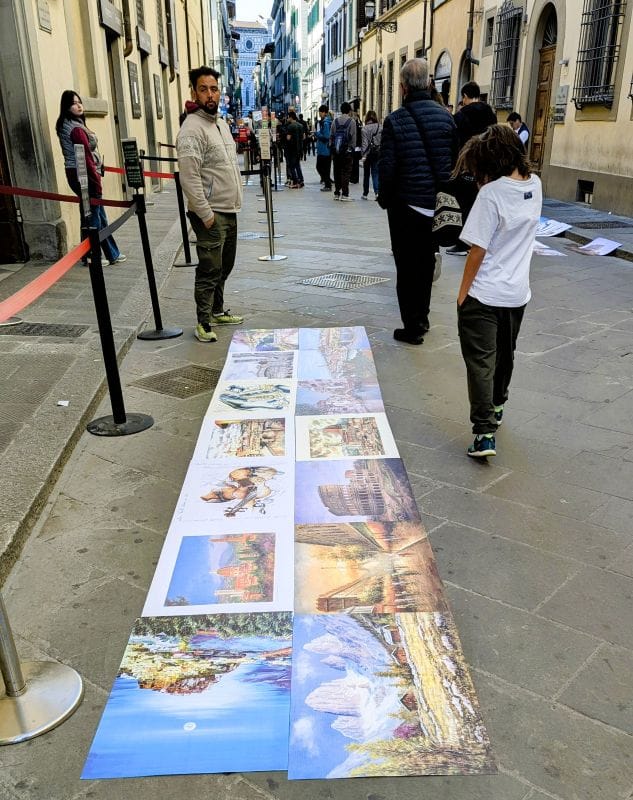
Duomo Santa Maria del Fiore
The Duomo Santa Maria del Fiore is a Gothic cathedral with a colorful exterior. It is the first dome built since ancient Roman times, which means it was constructed before Saint Peter’s Basilica in Rome. Work on the Duomo started in 1296, well before the Renaissance, and it took more than 140 years to complete.

Palazzo Vecchio
The Palazzo Vecchio is a fortified palace north of the River Arno, once the home of the Medici family.
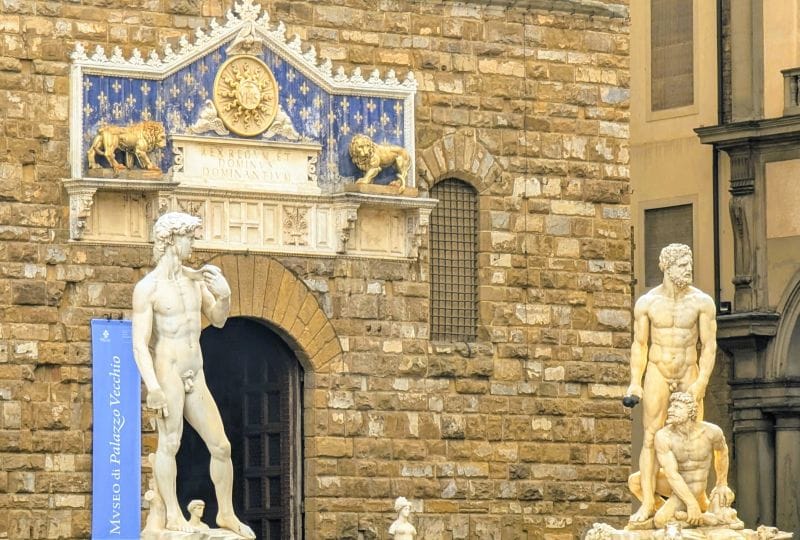
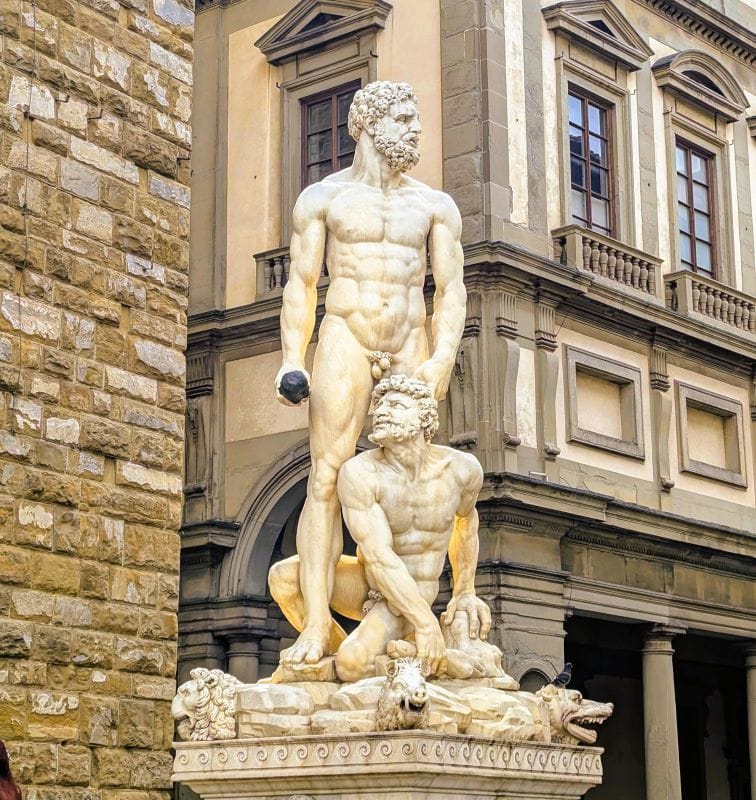
Loggia dei Lanzi
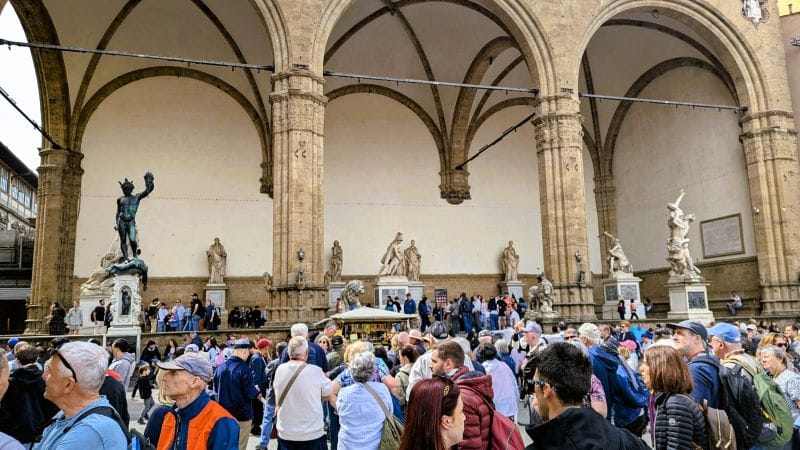
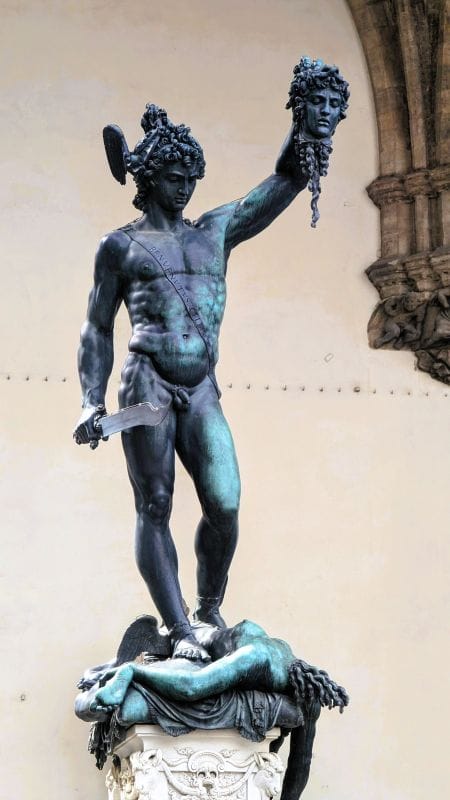
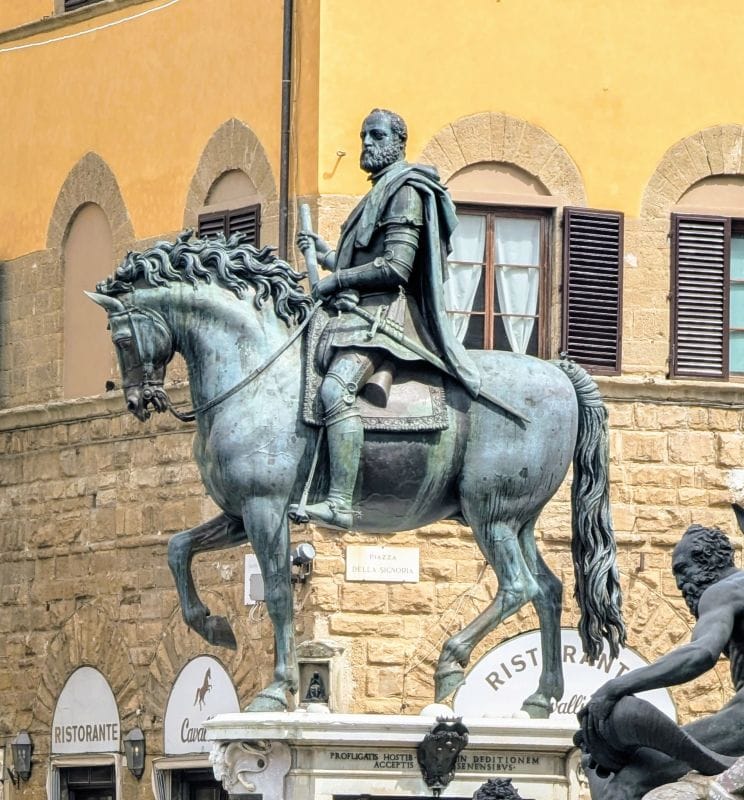
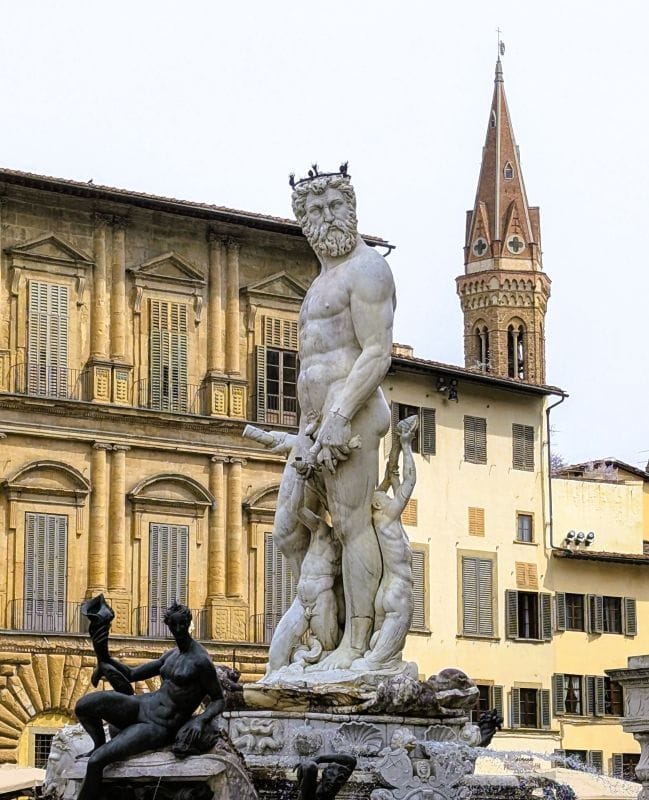
Galileo Museum
Dedicated to Galileo, the museum’s focus is science and clocks.
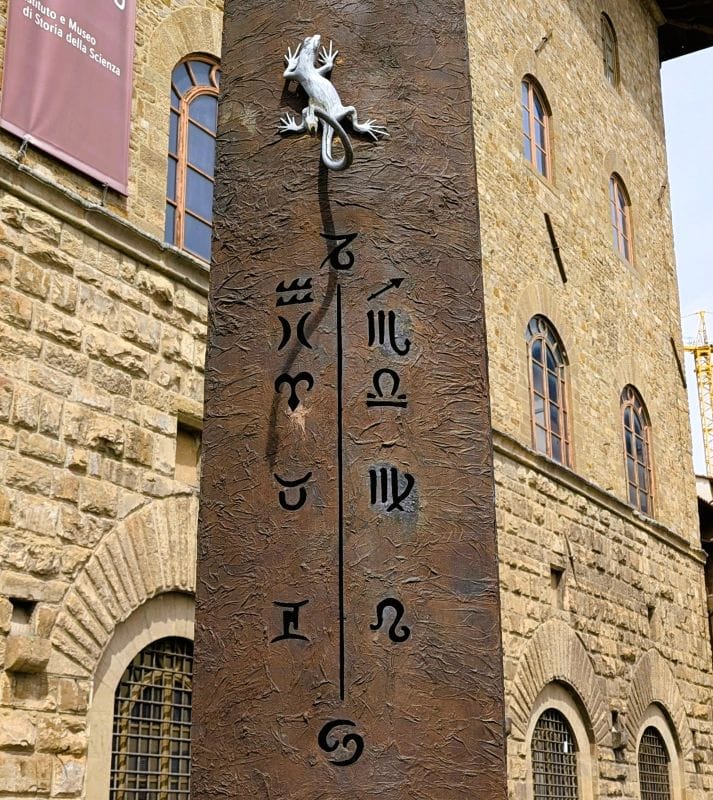
Basilica di San Lorenzo


The Santo Spirito
The Santo Spirito (La Basilica di Santa Maria del Santo Spirito) is a Renaissance on the south side of the Arno River.
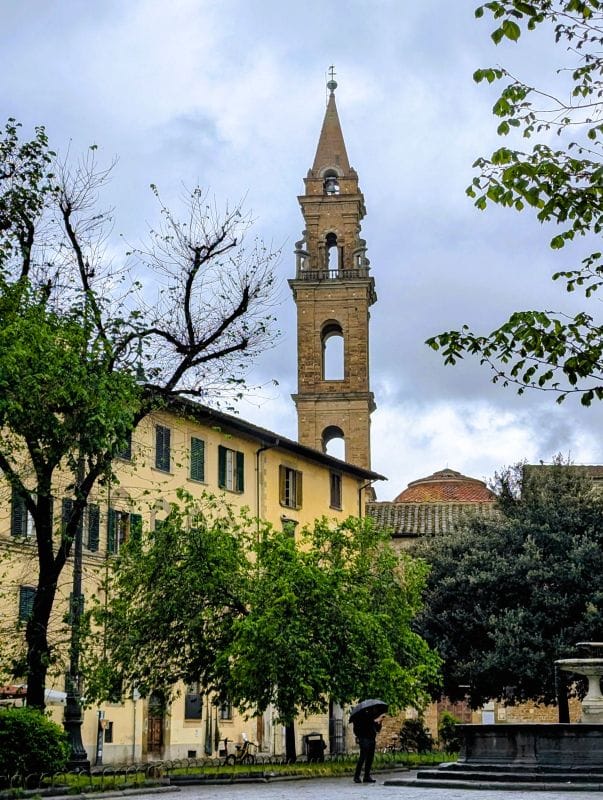
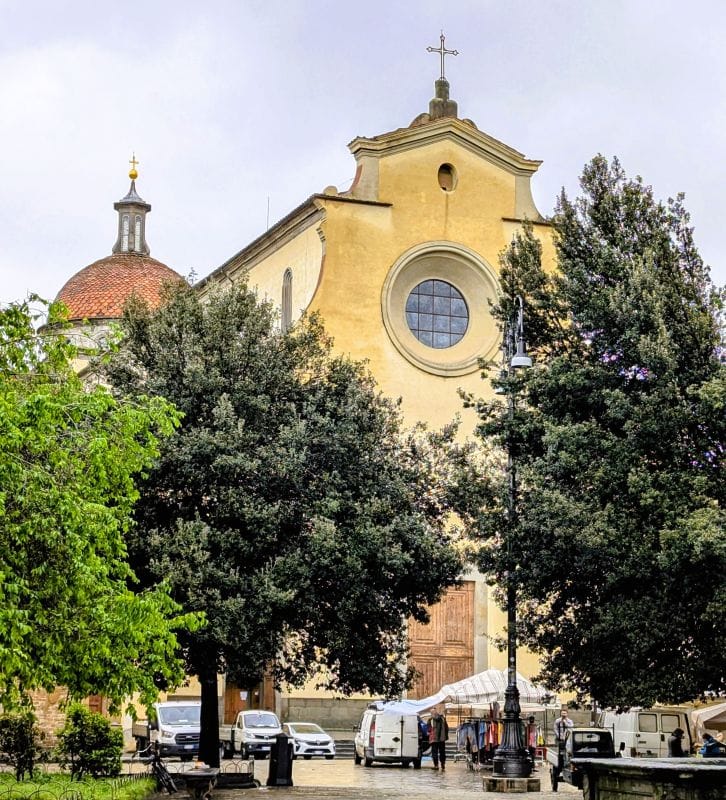
Tips for visiting Florence
If you only have one day to visit Florence, start at the Palazzo Vecchio and stay close to here. The best of Florence is within a few blocks of the Palazzo Vecchio. If you do this, you can make your entire stay a walking tour, not needing anything except your shoes to take you to the most important sights. If you have more than one day, go to the Uffizi Gallery and some of the other museums I mentioned.
Please subscribe and join us on our journey.
We will add you to our email list and send you updates once a week. Here is a link. Subscribe
About our links
As you know, our blog income is zero, which allows us to be independent and tell the truth. We do not get income or commissions. No, we don’t make paid endorsements. We don’t make recommendations; instead, we will tell you what we like (or dislike). The links are only provided as a quick reference to help our readers.
Links
FoxRVTravel Pre-Renaissance paintings at The Gallery of the Academy
FoxRVTravel Renaissance paintings at The Gallery of the Academy
FoxRVTravel Masterpiece Renaissance Sculpture at the Gallery of the Academy
The Gallery of the Academy of Florence
La Basilica di Santa Maria del Santo Spirito
About our photos
These photos were taken during our visit. Our photos are often “enhanced” to represent what we saw in person and correct for lighting and other things. Sometimes, this editing makes the images look better than what we saw in person.
About comments
We love seeing your comments, but they are not automatic. I get about twenty spam comments every day, and thus, I have to turn off automatic comments. I read and then personally publish every comment to protect the blog and keep it on the subject and real. You will not see your comment right after you hit submit. Sorry for the delay in publishing your comments. Some comments come from personal emails and Facebook. Please know that we would love to hear from you.


It’s just so hard to imagine how those people so long ago knew how and had the ways to build these things. They are amazing.